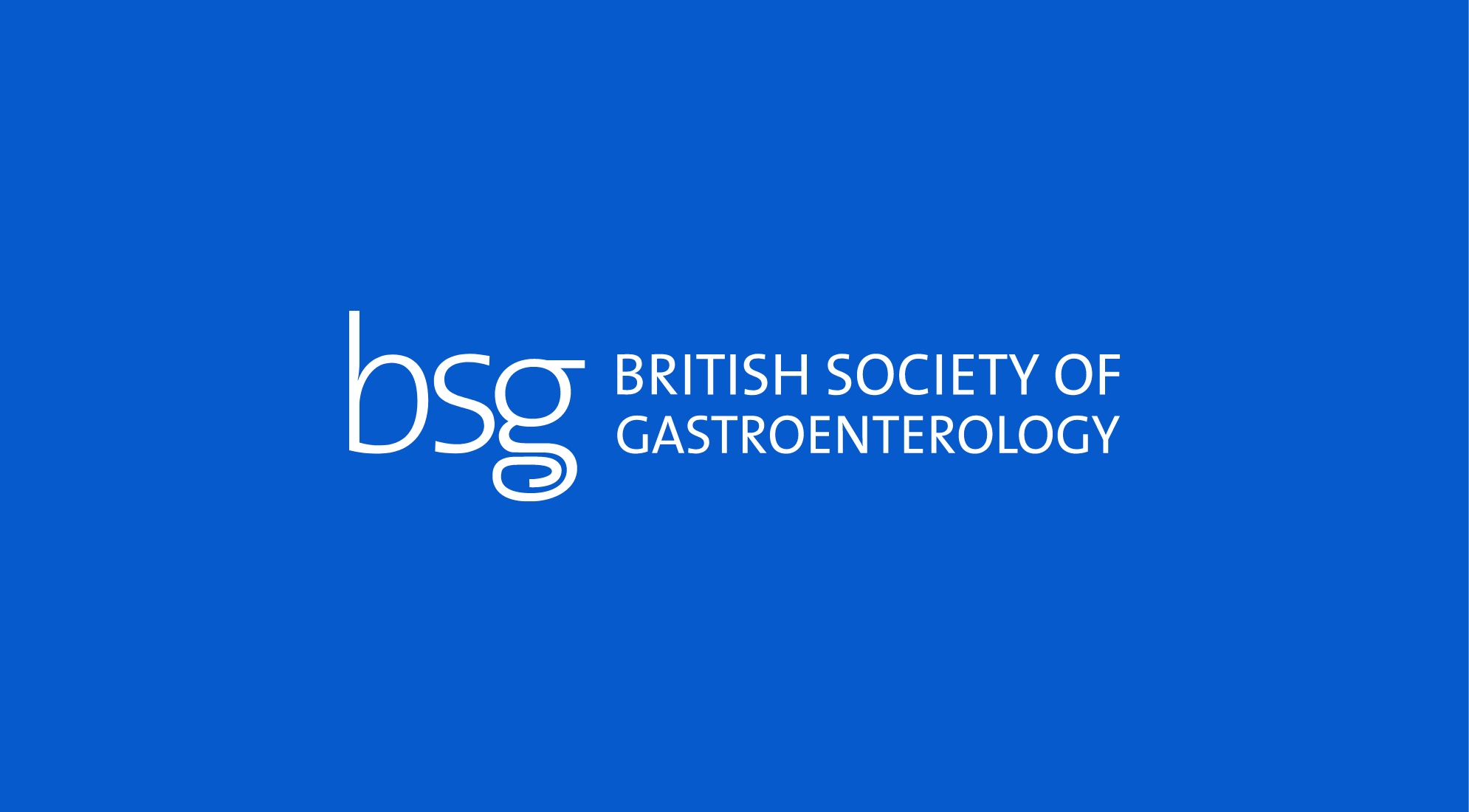ABSTRACT
Objective
This national analysis aimed to calculate the diagnostic yield from gastroscopy for common symptoms, guiding improved resource utilisation.
Design
A cross-sectional study was conducted of diagnostic gastroscopies between 1 March 2019 and 29 February 2020 using the UK National Endoscopy Database. Mixed-effect logistic regression models were used, incorporating random (endoscopist) and fixed (symptoms, age and sex) effects on two dependent variables (endoscopic cancer; Barrett’s oesophagus (BO) diagnosis). Adjusted positive predictive values (aPPVs) were calculated.
Results
382 370 diagnostic gastroscopies were analysed; 30.4% were performed in patients aged <50 and 57.7% on female patients. The overall unadjusted PPV for cancer was 1.0% (males 1.7%; females 0.6%, p<0.01). Other major pathology was found in 9.1% of procedures, whereas 89.9% reported only normal findings or minor pathology (92.5% in females; 94.6% in patients <50). Highest cancer aPPVs were reached in the over 50s (1.3%), in those with dysphagia (3.0%) or weight loss plus another symptom (1.4%). Cancer aPPVs for all other symptoms were below 1%, and for those under 50, remained below 1% regardless of symptom. Overall, 73.7% of gastroscopies were carried out in patient groups where aPPV cancer was <1%. The overall unadjusted PPV for BO was 4.1% (males 6.1%; females 2.7%, p<0.01). The aPPV for BO for reflux was 5.8% and ranged from 3.2% to 4.0% for other symptoms.
Conclusions
Cancer yield was highest in elderly male patients, and those over 50 with dysphagia. Three-quarters of all gastroscopies were performed on patients whose cancer risk was <1%, suggesting inefficient resource utilisation.
Objective
This national analysis aimed to calculate the diagnostic yield from gastroscopy for common symptoms, guiding improved resource utilisation.
Design
A cross-sectional study was conducted of diagnostic gastroscopies between 1 March 2019 and 29 February 2020 using the UK National Endoscopy Database. Mixed-effect logistic regression models were used, incorporating random (endoscopist) and fixed (symptoms, age and sex) effects on two dependent variables (endoscopic cancer; Barrett’s oesophagus (BO) diagnosis). Adjusted positive predictive values (aPPVs) were calculated.
Results
382 370 diagnostic gastroscopies were analysed; 30.4% were performed in patients aged <50 and 57.7% on female patients. The overall unadjusted PPV for cancer was 1.0% (males 1.7%; females 0.6%, p<0.01). Other major pathology was found in 9.1% of procedures, whereas 89.9% reported only normal findings or minor pathology (92.5% in females; 94.6% in patients <50). Highest cancer aPPVs were reached in the over 50s (1.3%), in those with dysphagia (3.0%) or weight loss plus another symptom (1.4%). Cancer aPPVs for all other symptoms were below 1%, and for those under 50, remained below 1% regardless of symptom. Overall, 73.7% of gastroscopies were carried out in patient groups where aPPV cancer was <1%. The overall unadjusted PPV for BO was 4.1% (males 6.1%; females 2.7%, p<0.01). The aPPV for BO for reflux was 5.8% and ranged from 3.2% to 4.0% for other symptoms.
Conclusions
Cancer yield was highest in elderly male patients, and those over 50 with dysphagia. Three-quarters of all gastroscopies were performed on patients whose cancer risk was <1%, suggesting inefficient resource utilisation.
Read More

Clinical Resources Categories
Clinical Resources Area
Reflecting on a career as a clinical academic in gastroenterology
clinical-resource/Reflecting-on-career-as-an-academic-in-gastro
At the end of 2026, I will have been a clinical academic in gastroenterology for 25 years.

Guidelines
Clinical Resources Area
BSR guideline for the prescription and monitoring of conventional synthetic disease-modifying anti-rheumatic drugs
clinical-resource/Prescription-monitoring-anti-rheumatic-drugs
This guideline has been endorsed by the BSG.